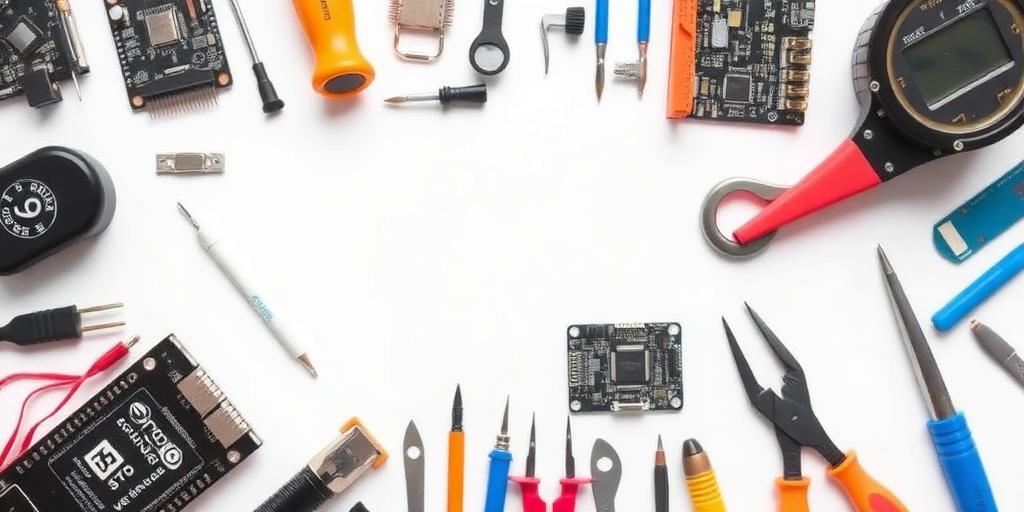The Right to Repair movement has achieved a significant milestone in New York State, marking a pivotal moment for consumer rights and environmental sustainability. Legislation recently passed mandates that manufacturers provide consumers and independent repair shops with access to the necessary parts, tools, and information to fix their own electronics and appliances.
What is the Right to Repair?
The Right to Repair is a global movement advocating for laws that require manufacturers to make repair resources available to consumers and independent repair shops. This includes access to:
- Spare parts
- Diagnostic software
- Repair manuals
Key Provisions of the New York Law
The New York law, which is among the first of its kind in the United States, addresses several critical aspects of electronic and appliance repair:
- Accessibility of Parts and Tools: Manufacturers are now obligated to sell parts and tools to consumers and independent repair shops at fair and reasonable prices.
- Availability of Information: Repair manuals, diagnostic software, and other proprietary information must be accessible to facilitate effective repairs.
- Scope of Coverage: The law covers a wide range of electronic products and appliances, from smartphones and laptops to refrigerators and washing machines.
Impact on Consumers
This legislation is poised to have a profound impact on consumers by:
- Reducing Repair Costs: Independent repair shops can offer competitive pricing, driving down overall repair costs.
- Extending Product Lifespan: Easier access to parts and information encourages repairs, extending the lifespan of electronics and appliances.
- Promoting Sustainability: By enabling repairs, the law reduces electronic waste and promotes a more sustainable approach to consumption.
Environmental Benefits
The Right to Repair movement aligns with broader environmental goals by:
- Reducing E-Waste: Extending the lifespan of products reduces the volume of electronic waste, a significant environmental concern.
- Conserving Resources: Repairing existing products requires fewer raw materials and energy compared to manufacturing new ones.
- Promoting a Circular Economy: The law supports a circular economy model, where products are reused and recycled, minimizing waste.
Challenges and Opposition
Despite its benefits, the Right to Repair movement has faced opposition from manufacturers who argue that it could compromise intellectual property rights and product safety. However, proponents of the law maintain that reasonable safeguards can be implemented to address these concerns.
Future Outlook
The passage of the Right to Repair law in New York is expected to spur similar legislation in other states and countries. As consumers become more aware of their rights and the environmental impact of electronic waste, the movement is likely to gain further momentum.
Conclusion
The Right to Repair movement's success in New York State represents a significant victory for consumers and the environment. By ensuring access to repair resources, the law empowers consumers, reduces waste, and promotes a more sustainable approach to technology consumption. As the movement continues to expand, it promises to reshape the landscape of electronic and appliance repair worldwide.









